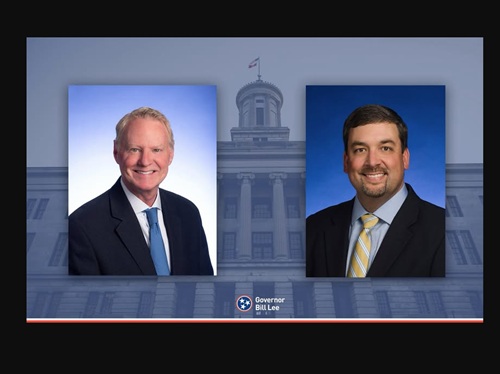The California Department of Transportation recently awarded $34 million in state and federal funds to cities, counties, tribes, and transit agencies statewide to plan “sustainable transportation projects” that reduce greenhouse gas emissions, improve the state highway system, enhance access to safe walkways and bikeways, and increase natural disaster preparedness.
[Above photo by Caltrans]
“Investing in transportation planning is essential to our goal of providing a safe, sustainable system that advances equity and livability throughout the state,” noted Toks Omishakin, director of Caltrans, in a statement.

“These grants will help our communities create more connected routes for all residents, regardless of whether they travel by car, bike, foot or mass transit,” he said.
That funding is part of more than $1.18 billion recently allocated by the California Transportation Commission to supports aiming to fix and improve transportation infrastructure across the state.
In terms of its sustainable transportation project grants, Caltrans allocated $17.4 million – including $12.38 million from Senate Bill 1, the Road Repair and Accountability Act of 2017, known as SB-1 – in Sustainable Communities Competitive and Technical Grants to 50 local, regional, tribal and transit agencies for climate change adaptation, complete streets, transportation and land use planning, and natural disaster preparedness.

That includes more than $4 million to fund planning for 13 projects that improve safety and access for people who walk and bike, the agency noted.
Caltrans also provided $12.5 million in Sustainable Communities Formula Grants, completely funded by SB 1, to metropolitan planning organizations to further regional transportation plans and sustainable community strategies.
Finally, the agency is providing $4 million in federally funded Strategic Partnership Grants to nine projects that will plan for next-generation freeways, improve transit options between communities, research alternative funding for road repairs, plus advance the “timely and efficient” movement of goods throughout the state.
 States
States


